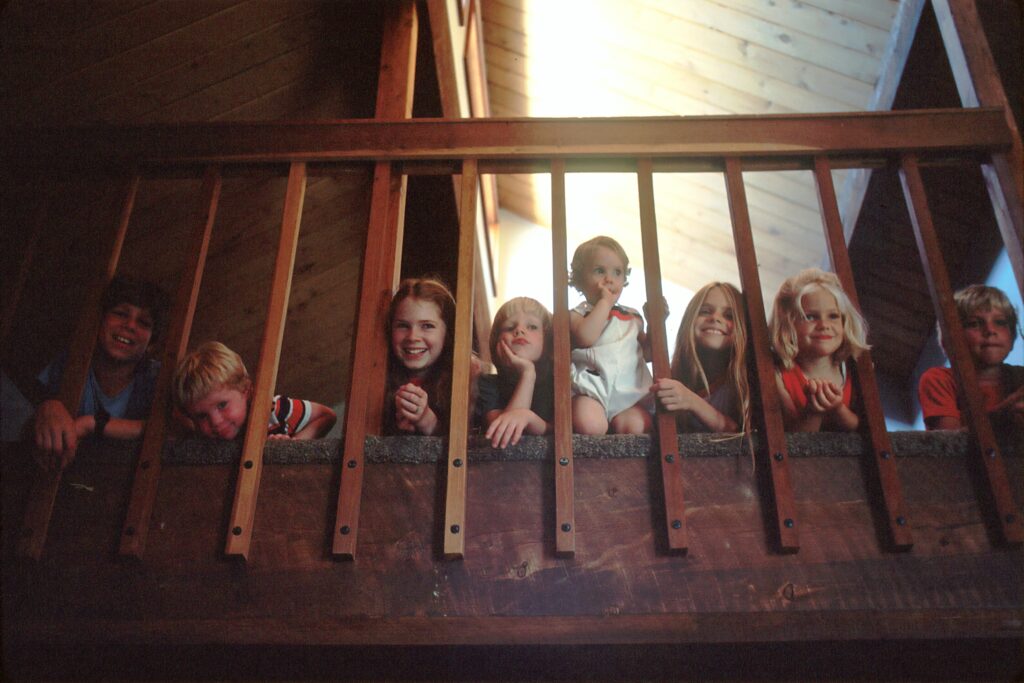
For families with babies or toddlers, stairgates are one of the most important childproofing tools. Stairs can be surprisingly hazardous for young children, who may try to climb or descend without understanding the dangers. Stairgates act as a safety barrier, reducing the risk of falls and providing parents with peace of mind.
However, not all stairgates are created equal, and improper use can undermine their effectiveness. To help you make the right choices, this guide will walk you through the key do’s and don’ts of stairgates covering everything from choosing the right type to safe installation and everyday usage.
Why Stairgates Are Essential
Stair-related accidents are one of the most common causes of injuries among children under five. Babies and toddlers are naturally curious, often crawling or toddling toward stairs without hesitation. Stairgates provide a protective barrier that keeps them safe until they are old enough to navigate stairs confidently.
But their usefulness extends beyond stairs. Many families also use stairgates to block off kitchens, laundry rooms, or other spaces that may pose hazards.
The Do’s of Stairgates
1. Do Choose the Right Gate for Your Space
Not all stairgates fit every staircase. Some are designed for standard doorways, while others are built specifically for stairwells. Measure your space carefully before purchasing and make sure the gate you choose is compatible with your staircase layout, whether straight, narrow, or unusually wide.
2. Do Prioritize Safety Standards
When buying a stairgate, check for certifications that confirm it meets safety standards. Approved gates will have features like non-toxic finishes, sturdy materials, and reliable locking mechanisms. Safety-tested products reduce the risk of breakage or malfunction.
3. Do Install Gates at Both the Top and Bottom of Stairs
It’s not enough to have a stairgate only at the top. Children can climb upward from the bottom, leading to potential falls. Installing gates at both ends ensures comprehensive protection.
4. Do Opt for a Hardware-Mounted Gate at the Top of Stairs
For maximum security at the top of staircases, always use a hardware-mounted gate. These gates are fixed directly into the wall or banister, making them sturdy and secure. Pressure-mounted gates may slip under force, making them unsafe for top-of-stairs use.
5. Do Regularly Check for Wear and Tear
Over time, stairgates may loosen, especially if they’re frequently opened and closed. Make it a habit to check screws, hinges, and latches weekly. A quick inspection ensures the gate remains secure.
6. Do Teach Older Children How to Use It Properly
If you have older children, teach them how to open and close the gate safely. Misuse, such as climbing over it, can cause damage and put younger siblings at risk.
7. Do Choose a Gate with a One-Handed Opening Mechanism
Parents often juggle babies, groceries, or laundry. A gate that can be opened with one hand makes daily life easier while ensuring you don’t compromise safety.
8. Do Match the Gate to Your Home’s Style
Stairgates no longer have to be eyesores. Many modern designs are sleek and come in finishes like wood, metal, or neutral colors that blend with home décor. Choosing an attractive gate means you’ll be happier to keep it in place for as long as needed.
The Don’ts of Stairgates
1. Don’t Use Pressure-Mounted Gates at the Top of Stairs
This is one of the most important safety rules. Pressure-mounted gates are fine for doorways or bottom-of-stairs but should never be used at the top. They can be pushed out of place, creating a fall hazard.
2. Don’t Leave Gates Open or Unlatched
An open stairgate offers no protection. Always close and latch the gate securely after passing through. Even a momentary lapse can be enough for a curious toddler to slip through.
3. Don’t Rely on Old or Damaged Gates
Hand-me-downs or second-hand gates might save money, but they may not meet current safety standards. Additionally, wear and tear from previous use could compromise their strength. Invest in a new gate when in doubt.
4. Don’t Step Over the Gate
Parents often get into the habit of stepping over stairgates instead of opening them properly. This not only risks injury to you but also sets a bad example for children, who may try to imitate the behavior.
5. Don’t Install Without Reading Instructions
Improper installation is one of the biggest causes of stairgate failures. Always follow the manufacturer’s instructions closely. If you’re unsure, seek help to ensure the gate is fitted securely.
6. Don’t Forget About Pets
Pets can also be affected by stairgates. If you need to keep dogs away from stairs or certain rooms, choose a gate that accommodates them. For households with cats, stairgates may not be effective since cats can jump over them.
7. Don’t Delay Removing the Gate When It’s Outgrown
Stairgates are a temporary safety solution. Once your child is capable of climbing over the gate or confidently using the stairs, keeping the gate in place may pose new hazards. Remove it when the time is right.
Choosing the Right Type of Stairgate
There are several types of stairgates available, and knowing their strengths helps you choose wisely:
- Pressure-Mounted Gates: Easy to install and remove, perfect for doorways or bottom-of-stairs.
- Hardware-Mounted Gates: Best for the top of stairs due to their sturdiness.
- Retractable Gates: Space-saving, roll-away designs suitable for flexible use.
- Extra-Wide Gates: Ideal for open-plan homes with large staircases or wide doorways.
Always select based on your specific needs rather than convenience alone.
Everyday Safety Tips for Using Stairgates
- Position stairgates so they open away from the stairs, not toward them.
- Avoid placing toys near stairgates, as children may use them to climb.
- Make stairgate checks part of your home’s regular childproofing routine.
- Ensure visitors, babysitters, and grandparents know how to operate the gates properly.
Conclusion
Stairgates are essential tools for creating a safe environment for babies and toddlers. But their effectiveness depends on choosing the right gate, installing it correctly, and using it responsibly. By following the do’s, such as securing gates at both ends of the stairs, opting for hardware-mounted options at the top, and performing regular checks, you provide maximum protection.
Equally, avoiding the don’ts, such as using pressure-mounted gates at the top, leaving gates unlatched, or relying on outdated products, prevents unnecessary risks.
Ultimately, stairgates are about more than just blocking access; they’re about giving parents peace of mind and children the freedom to explore safely. When used wisely, they transform your home into a secure space where curiosity can thrive without danger.


